Suffice to say the kids were alright….
WA Dept of Health
There have been 51 cases of measles identified in WA in 2025 year to date, of which 11 have been identified in the current Pilbara community outbreak.
Measles…

Suffice to say the kids were alright….

From killing over 600,000 elderly from dementia to an almost equal number…
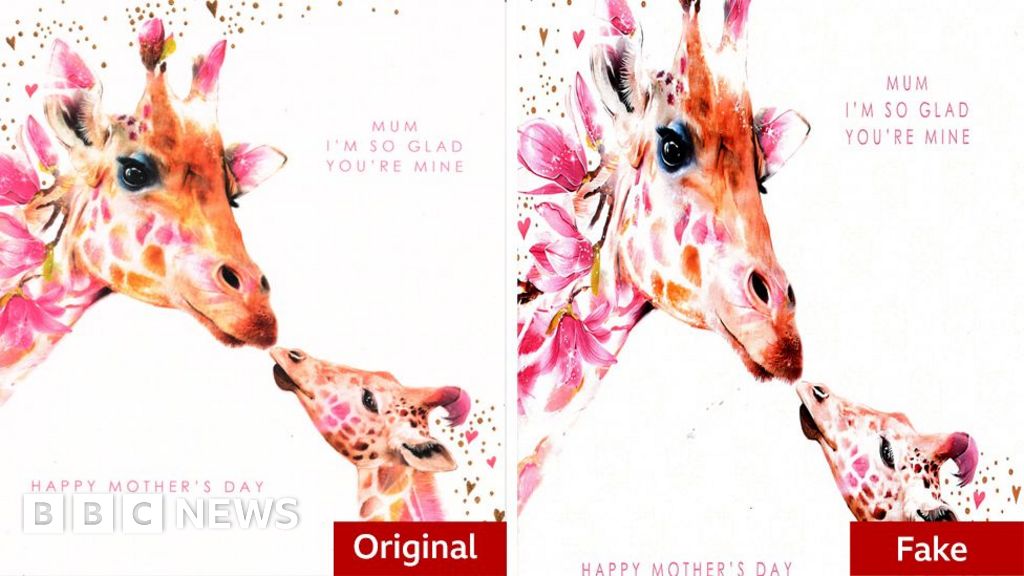
Peter RuddickBusiness reporter
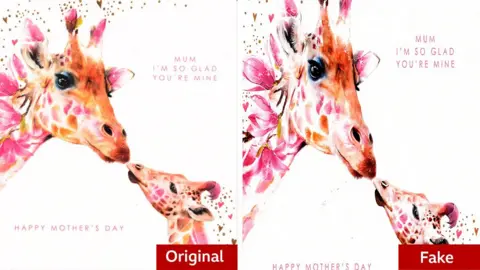 BBC/Lola Design
BBC/Lola DesignOnline shopping giant Temu has agreed to work with the greeting card industry to remove copied designs from its site more quickly.
Card firms say hundreds of their copyrighted images have been used to create cheap rip-offs, costing them thousands of pounds in lost sales.
Designers told the BBC the process for getting the plagiarised listings removed has been like the fairground game ‘whack-a-mole’ with copied products re-appearing within days.
Temu said protecting intellectual property was a “top priority” and that it was encouraging sellers to join the trial of a new takedown process specifically for the greetings card industry.
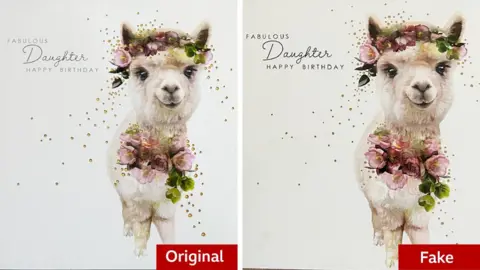 BBC/Lola Design
BBC/Lola DesignAmanda Mountain, the co-founder of York-based Lola Design, discovered the catalogue of designs she had built up over a decade had nearly all been copied.
She found the images she had created had been lifted and were being advertised by other sellers on cards and other products like t-shirts.
Amanda bought one of the cards using her design and found the image was distorted and the paper was of a poorer quality than hers.
“It’s not a nice feeling to see something you’ve poured all your love and hours into taken within minutes,” she told the BBC. “I was in shock, and I actually thought to myself ‘what is the point of me still designing, I might as well just stop now’.”
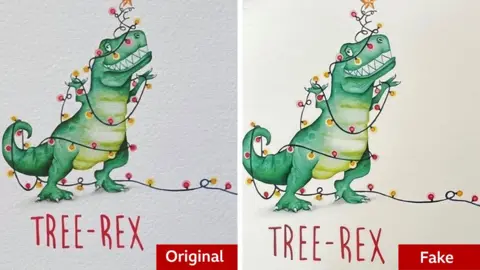 BBC/Citrus Bunn
BBC/Citrus BunnAmanda, and her husband and business partner Frank, estimate that fraudulent versions of their products have made online sellers £100,000 in sales, equivalent to about 13% of Lola Design’s annual turnover.
However, Amanda said it is both the emotional toll and the time taken to get the copycat products removed that have had the biggest impact.
“Every piece that I create is actually a piece of me,” she said. “I know that sounds crazy, but it is. Every designer gives out a piece of themselves because they just want to create a little bit of happiness, and it is not much to ask for people to respect that.”
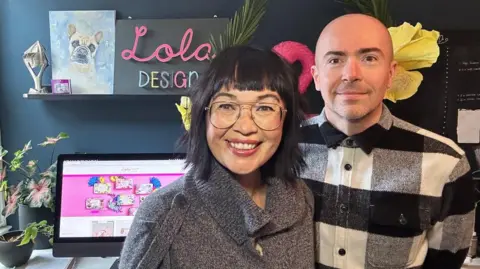 Lola Design
Lola DesignAfter pressure from the Greeting Card Association (GCA), Temu has now put in place a bespoke takedown process for the industry which, it says, will mean stolen designs are removed more quickly and won’t be able to be re-uploaded.
Previously, card firms would have to report each individual listing but, as part of the trial, they will now only have to submit one link. The software will remove the product and any others using the same design.
One card publisher, who helped develop the new system, saw 68 listings removed automatically. Something which previously might have meant 68 separate forms or emails to Temu.
According to the GCA, the system will then use AI to log the designer’s original creation as a protected image. It will then block any products using that design before they appear for sale.
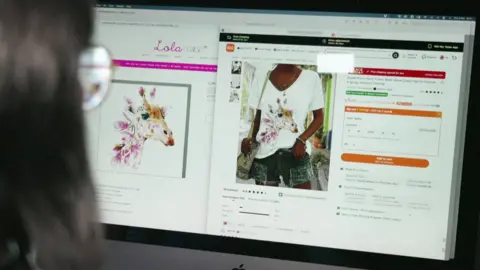 BBC/Lola Design
BBC/Lola DesignIn a statement, Temu said “intellectual property protection is a top priority” and that it had “invested heavily in resources to strengthen trust with brands, sellers and consumers”.
It said most requests to take down copyrighted content were resolved within three working days, but that greeting card firms were being encouraged to join the new trial which it said would lead to more products being removed automatically.
The system is bespoke to the card industry, however the BBC understands it could be used as a model for similar or alternative processes for other products.
Amanda Fergusson, the chief executive of the GCA, said the industry welcomed the changes. “We know our members feel very strongly about copycat sellers, and what’s more we also know customers are often disappointed by cheap copies,” she said.
“Our dialogue with Temu and the actions they’re taking, is a welcome first-step to address those issues,” she added.
For Amanda and Frank, it is not just their livelihoods at stake but the future of the whole supply chain which relies on the 1.5bn greeting cards sold in the UK each year.
“At some point, its going to be the consumers that are going to be affected, not just us as designers, because there won’t be any high streets,” Amanda said. She also had a message for people buying copycat cards: “Cheap always comes at a cost.”

WA Dept of Health
There have been 51 cases of measles identified in WA in 2025 year to date, of which 11 have been identified in the current Pilbara community outbreak.
Measles…
You don’t have permission to access “http://www.telegraphindia.com/world/openai-launches-atlas-browser-to-rival-google-chrome-and-reshape-how-users-browse-the-web-prnt/cid/2129069” on this server.
Reference…
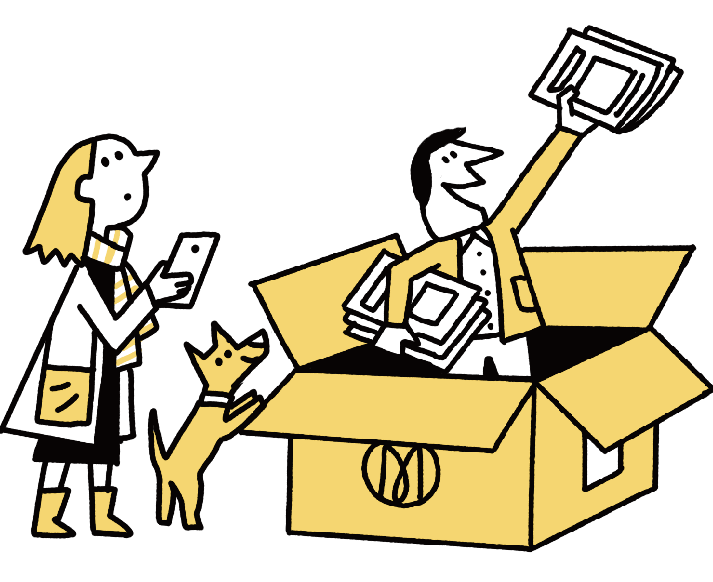
Too many airmen today are going autopilot, solely relying their GPS navigation systems. It’s time we rethink our over-reliance on technology, no matter how advanced.
Not long ago I was flying in my helicopter when the bracket holding the GPS suddenly snapped. The receiver fell and smashed. I was in the air without a navigation system, with a flight visibility of between 3km and 4km – comparable to a foggy motorway when drivers can see about 300 or 400 metres ahead. My workload doubled immediately. It was a good example of why we shouldn’t rely on tech alone. Sometimes it takes a paper map to get us home safely.
In aviation today, there’s a dangerous over-reliance on automation. Pilots are trained to plot a course on a map, taking into account the weather and the speed at which they will travel. But once they’re out in the working world, they pack away the maps. A few years ago a British team tried to re-enact the famous “Dambusters” raid of 1943. It involved planes locating specific dams in Germany’s Ruhr valley. But I’m sorry to say that most modern navigators can barely find Germany without GPS, let alone a dam.
There are numerous problems with GPS, ranging from iPads shutting down the system to inputting the wrong co-ordinates – not to mention jamming attacks, which currently affects more than 1,000 civilian flights per day. So my advice is to be prepared and practised. Switch off the screen now and then, know where your map is and plot a course before you set off. Convenience suddenly becomes chaos if the backlit screen you’re beholden to breaks.
Andrew Harvey is a UK-based helicopter pilot and instructor with 25 years’ experience. As told to Monocle’s writer and researcher Julia Jenne.
Read next: Why airlines should keep veteran pilots in the skies for longer
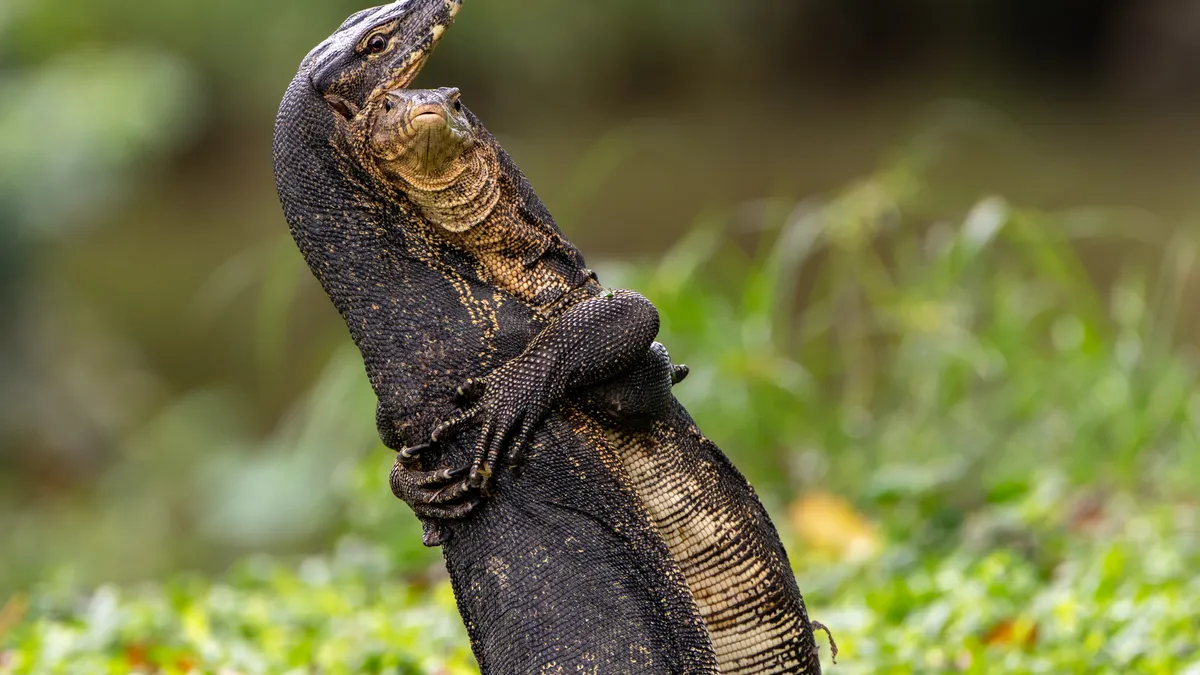
Photos of a dancing gorilla, a choir of lions, a smoking duck and frog teamwork are in the running for the funniest wildlife image of 2025.
The annual Nikon Comedy Wildlife Awards announced the finalists for the 2025 competition on Oct. 22 from a…
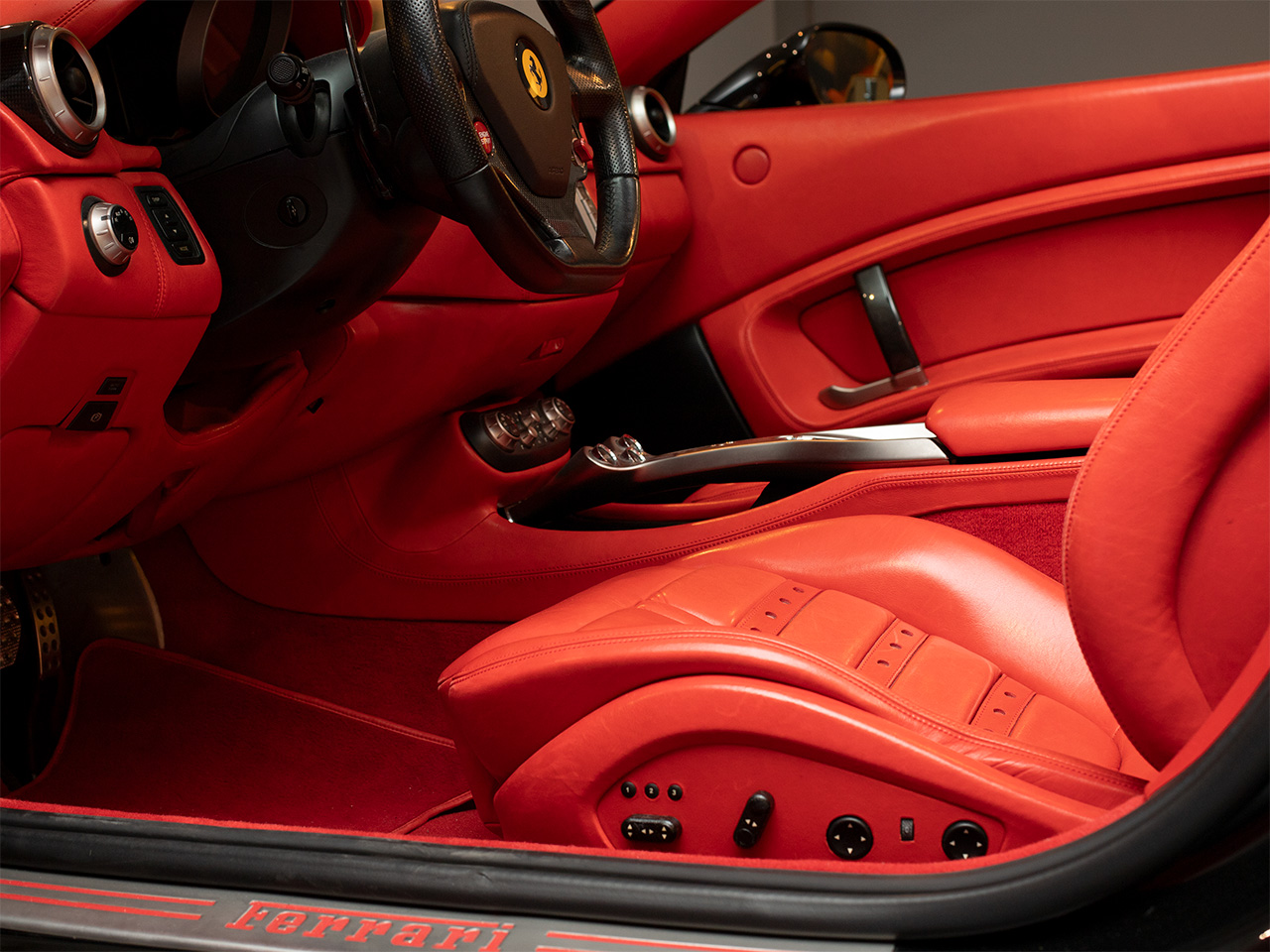
Halfway down Italy’s Adriatic flank, inside a bustling factory in the municipality of Montegranaro, car parts are zipping off the production line. Stacked on moveable shelving while awaiting the next step, every piece will be shifted around an open-plan space to different workstations. In one area, people wearing masks are spraying a blue adhesive that will be used to bind the leather upholstery to the panel through a combination of heat and pressure. This plant, which was founded four years ago, might seem like a car manufacturer’s home base. But it actually belongs to Poltrona Frau, a storied design brand that dates back to 1912 and is better known for furnishing living rooms than the insides of sports cars.
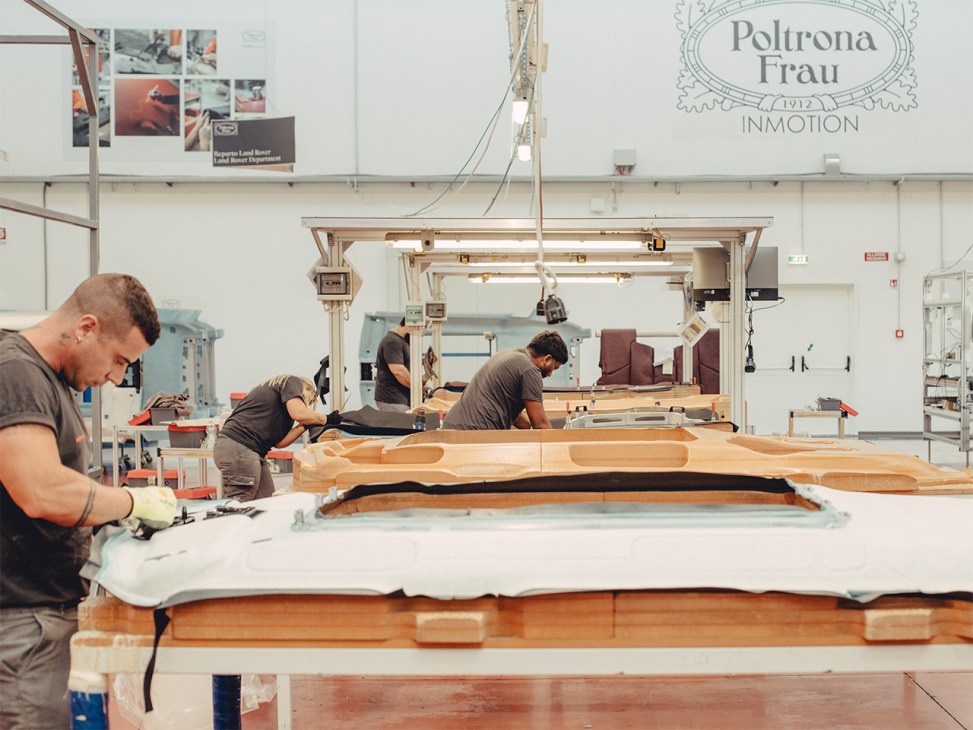
“The company has transformed in the past few years,” says senior designer Luca Bellomarì as he takes Monocle on a tour of the buildings. Bellomarì is talking about Poltrona Frau’s In Motion business, which provides pristine leather-wrapped products, including seat covers, for high-end vehicles. While Poltrona Frau is a household name as a maker of sofas and armchairs, collaborating with such design luminaries as Gio Ponti and Pierluigi Cerri, In Motion has been quietly – and rather successfully – working away from the limelight.
Founded as a standalone business division in 1985, In Motion’s first automotive project was on the Lancia Thema, which had a Ferrari engine. Today the business’s client list includes Range Rover, McLaren, Pagani, Lamborghini and Ferrari. But glance inside the leather interior of a Ferrari and you won’t see a Poltrona Frau logo anywhere, even though it has decked out all of its vehicles since 1998. And though automotive is its biggest segment, In Motion also has a footprint in the yachting and aviation sectors.
As Monocle passes workers dressed in Poltrona Frau T-shirts, some of them wearing sweatbands and gloves, Bellomarì explains that In Motion’s biggest shift has been its decision to start supplying what he calls “systems”. Rather than just upholstering pieces sent to Poltrona Frau, the business now makes everything from headliners – a car’s inside roof – to door panels. “We co-design with the original equipment manufacturers,” he says.
Though there’s plenty of powerful machinery at the plant, it’s clear that In Motion fits out vehicles in the same way as the rest of the Poltrona Frau business approaches furniture. That means it wouldn’t be anywhere without skilled artisans stretching, smoothing, cutting and checking the quality of the hides by eye. Red lasers projected onto the leather might help stitchers to maintain a straight line but technology is only intended as an aid to those carrying out the work. “We still work with our hands,” says Bellomarì. “This is something that often doesn’t get contemplated in the automotive industry.”
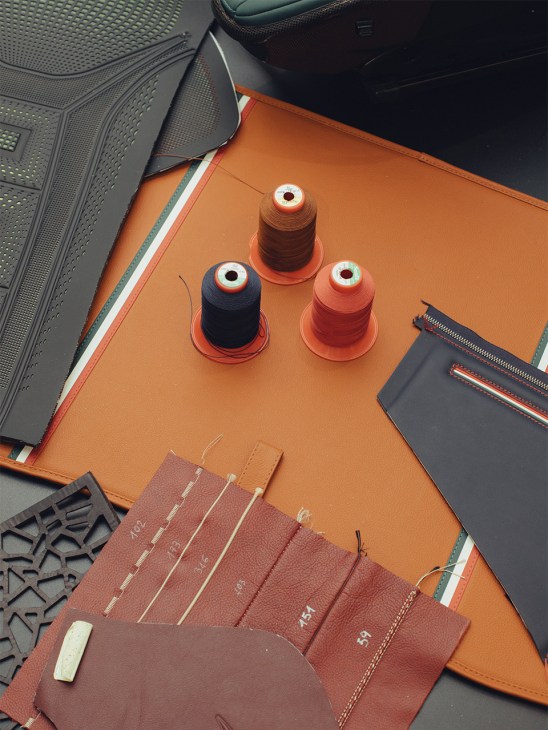
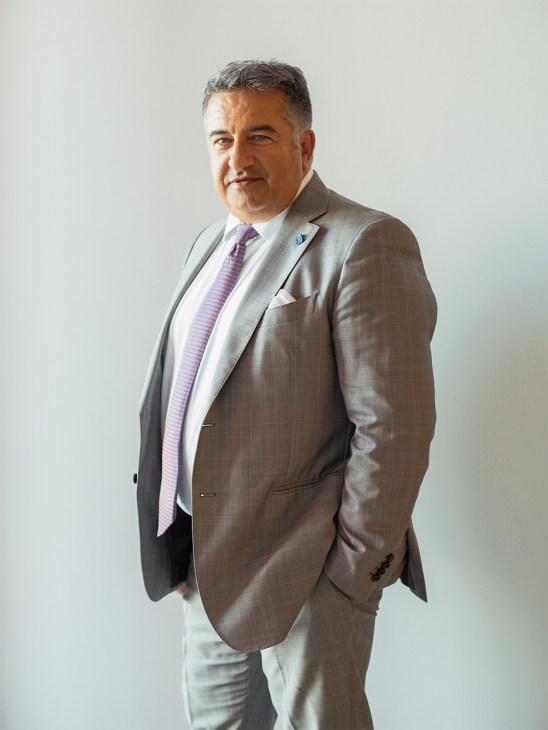
Later in the day of our visit, Monocle leaves Montegranaro for the brand’s headquarters, a short drive away in Tolentino – home to a brand museum designed by Michele de Lucchi. On hand to meet us in its café is Giovanni Maiolo, the general manager of Poltrona Frau In Motion. Maiolo joined the company in 2019 and has been responsible for much of its recent success. “Before our change of business model, we were just the last step in the value chain,” he says. “We have completely transformed our approach and started to work with the customer at the beginning of a project.”
In Motion has the advantage of servicing a luxury car industry in which the vehicles are often limited editions and maintain or increase their value over time. This makes the business largely recession-proof. Demand in the segment outstrips supply and Maiolo says that while there was a global slowdown in the furniture market last year, In Motion has been moving in the opposite direction, with an expected turnover of €120m this year. “We have increased turnover by 100 per cent in five years,” he says. “We are now considered a pillar of the group.”
In Motion is clearly a well-oiled machine – and it has to be in a business where a competitor doing something better or more quickly could lead to the loss of a vital contract. Its leather needs to behave in a different way to furniture upholstery too. Designer Bellomarì talks about it being more rigid and “having a completely different characteristic”. In the boating, car and aviation worlds, Poltrona Frau must strike the right balance between craft and performance. Exactly how hardy it needs to be becomes apparent at a testing lab, where leather is exposed to temperatures ranging from -30C to 115C and put through a stress test of being repeatedly tugged for as many as 100,000 cycles – an attempt to cover all bases for the sorts of extremes that the leather might be exposed to in its lifespan.
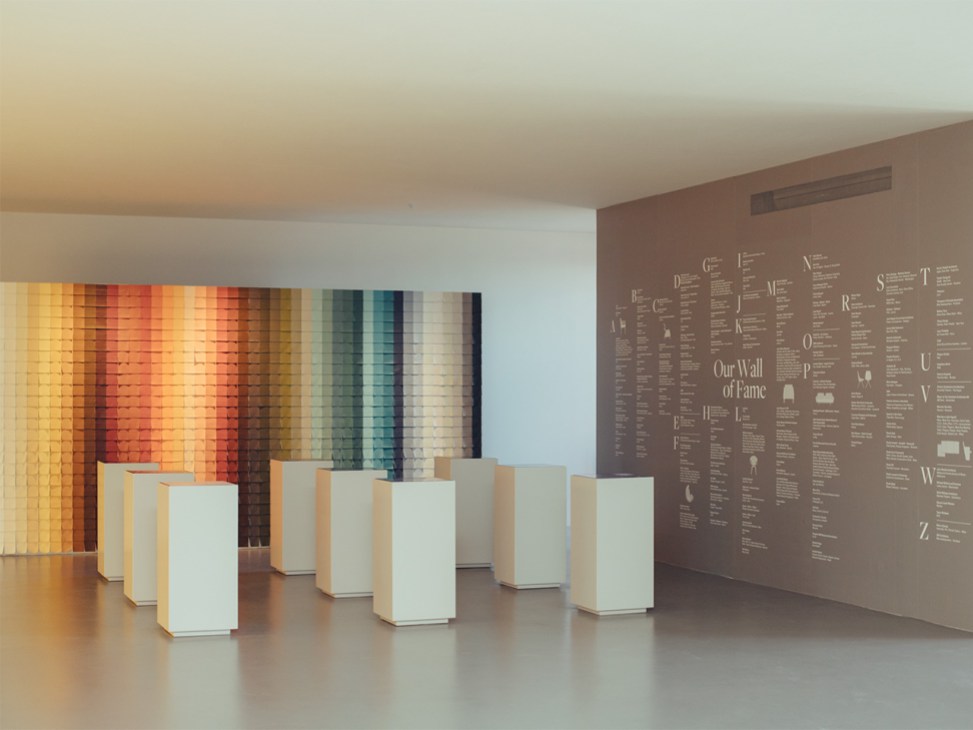
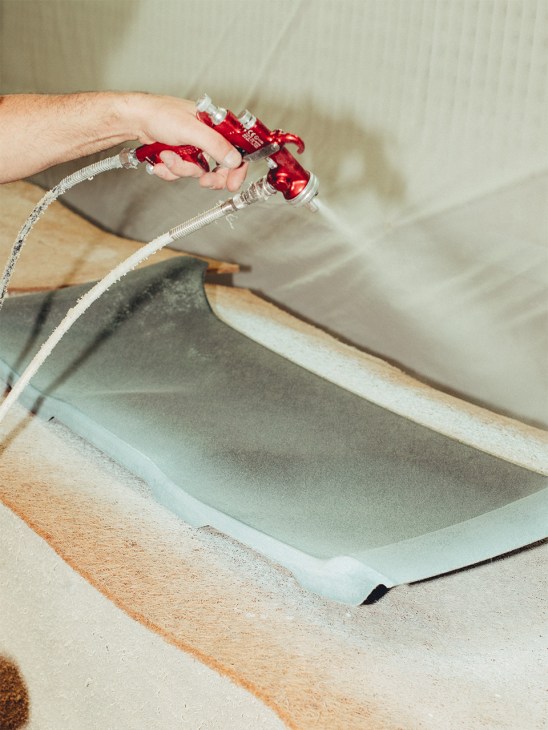

Daniele Gardini, the R&D leather manager, says that In Motion has about 10 leather collections and can provide the client with everything from digital printing to microembroidery to complete a custom look. The search for innovation is constant. Gardini says that metallic leather is a recent addition, something that has clearly been borrowed from the fashion-accessory world. One major breakthrough has been Poltrona Frau iBreathe, a product that came out of development in 2024. “We have been working on the lightness of leather,” he says. “Removing 10kg from the weight of a vehicle is a good saving for speed and fuel consumption.” It weighs less because there are wider spaces between the fibres in the fabric. Aesthetically, however, you wouldn’t know the difference.
Innovation is crucial to In Motion’s survival. If a declaration of intent were needed, it came in June 2024 when it bought a majority stake in KJ Ryan, a UK company based in the city of Coventry that makes high-end automotive components. It was Poltrona Frau’s first overseas acquisition. With Italy and the UK producing more than 80 per cent of the world’s luxury cars, it was a shrewd move from In Motion, which has worked in the country since 2007 and has clients including Rolls Royce, Bentley, Aston Martin and Range Rover. “The UK was already a market that we knew in some way,” says Maiolo. “But what we were missing was all the rest – everything connected with the culture.” The plan is to eventually shift more production to Coventry for local clients.
With more than 600 employees now spread between Italy and the UK, In Motion continues to move through the gears, even if its touch, in many ways, remains light. Poltrona Frau doesn’t make a song and dance about the work that it does at In Motion but Maiolo jokes that he needs to start talking about it to keep winning more clients and ensure a resilient future – which he has started to do more now that the “hardware” of the business model is airtight. With it, he hopes that the work of In Motion will soon be as recognised and requested in cars as a Bose stereo or a Brembo braking system. “Our goal is that in five years’ time, when you shop for a luxury car, the first thing you ask when looking inside it is, ‘Is this made by Poltrona Frau?’”
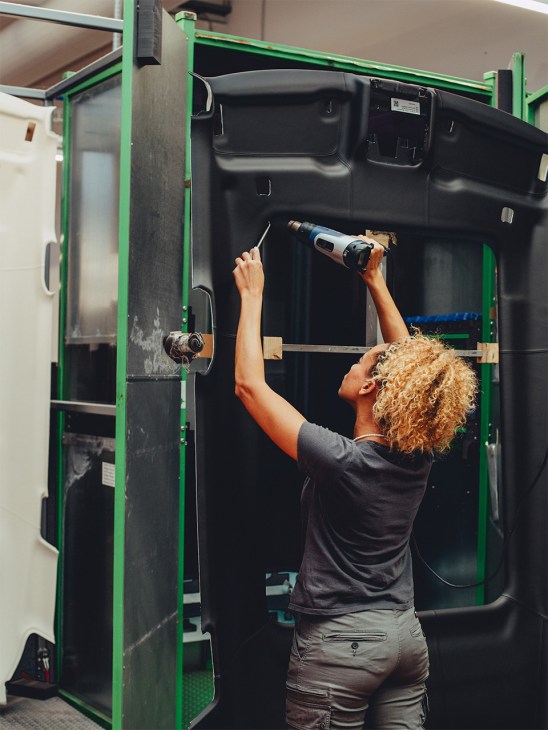
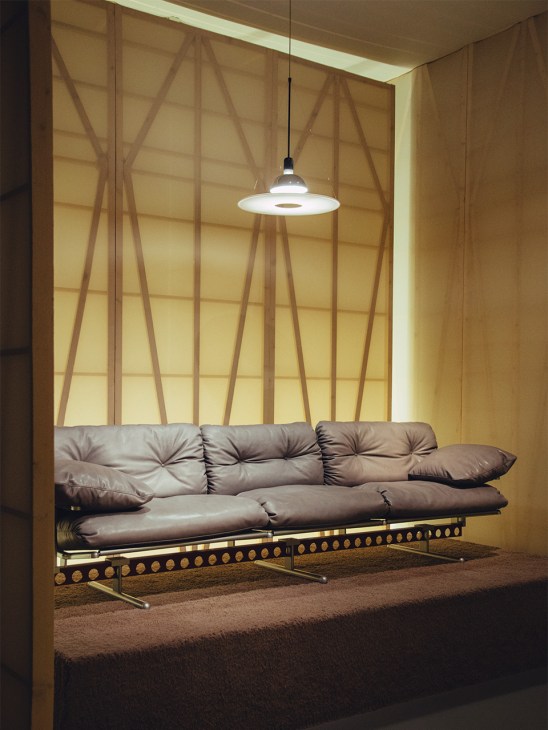
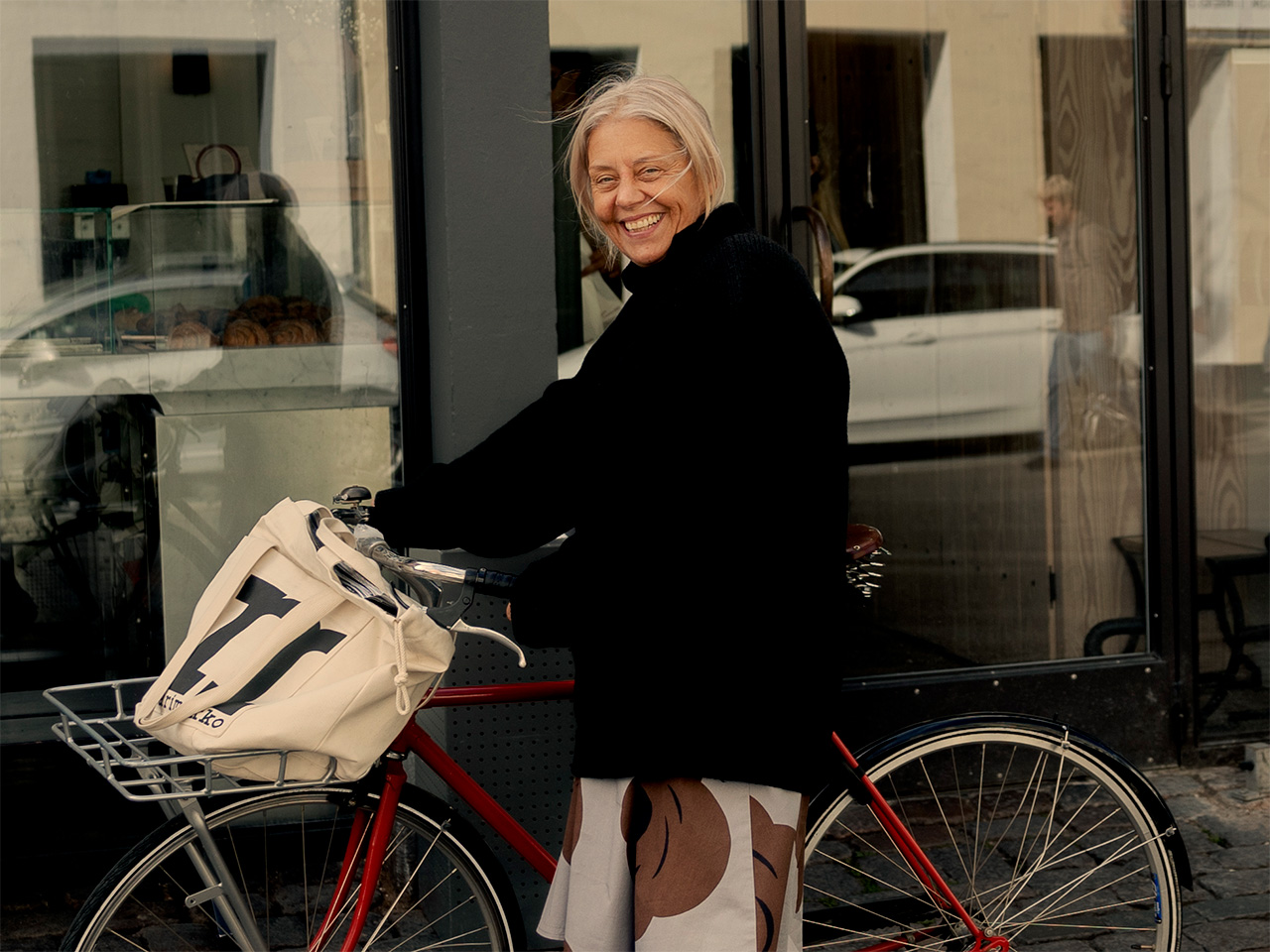
The creative director of textile brand Marimekko begins her day on the back of an unexpectedly simple bicycle.
In the latest leg of The Commute, we join Rebekka Bay, the creative…